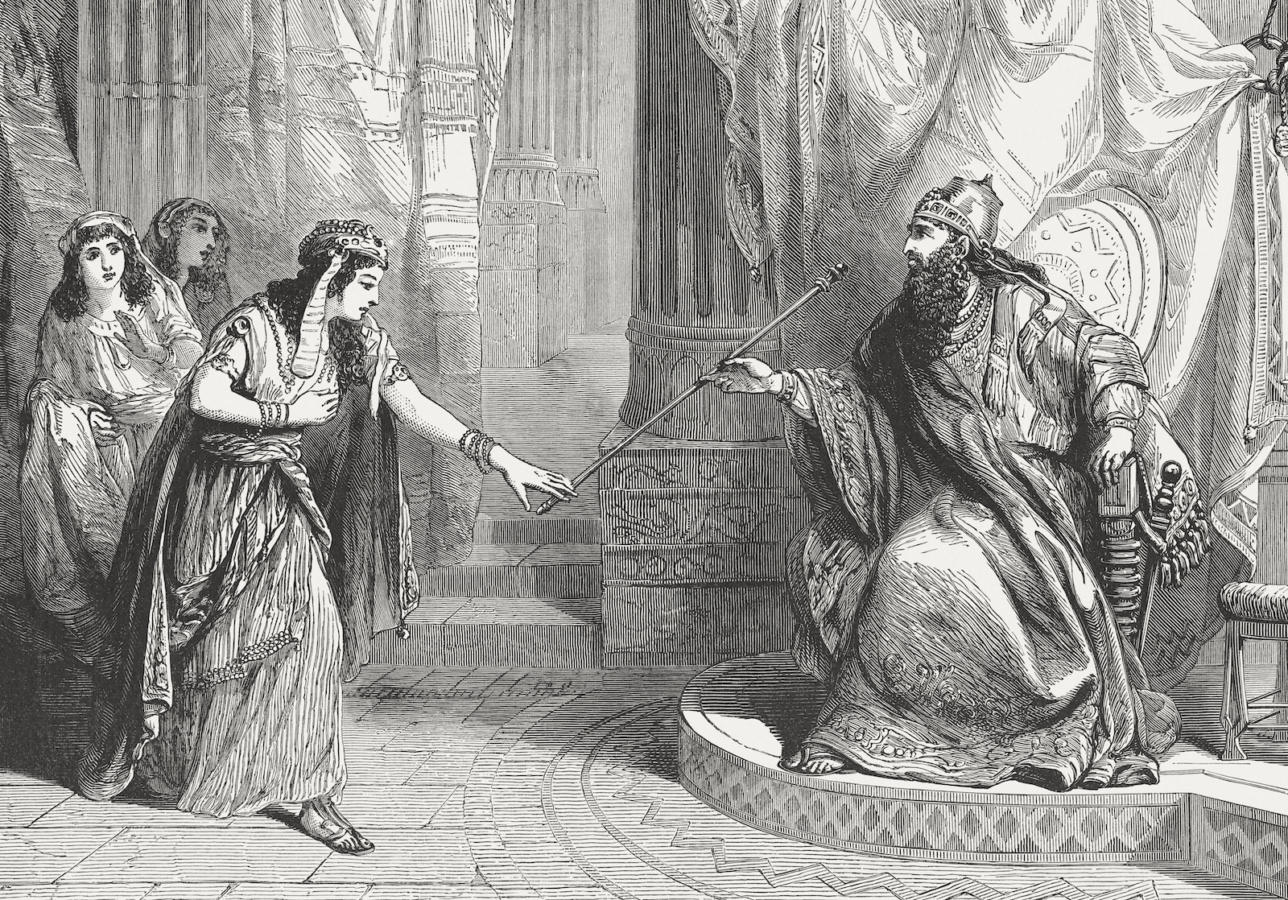Psalm 22 is one of the most well-known biblical texts among contemporary Christians, but many Jews today barely recognize it. The reason for this difference is largely because, according to the Gospels of Mark and Matthew, it contains the words Jesus cried out while being crucified: Eloi, Eloi, lama sabachthani? This Aramaic statement is a direct translation of Psalm 22:2 (originally written in Hebrew): “My God, my God, why have you forsaken me?”
The crucifixion narratives have played an essential role in the lives of countless Christians for millennia. No part of this psalm has served nearly the same function in the Jewish religious imagination. But these words — and the psalm as a whole — have been valuable to many Jews over the generations, especially those experiencing hardship. Not only does the psalm give readers permission to express their own pain and disappointment with God, but it moves from an opening cry of abandonment to praise for God’s deliverance. The psalmist thus offers the seeker hope in the possibility of salvation.
It is no wonder then that Jewish interpreters have connected Psalm 22 to the figure of Queen Esther and Purim, which we will celebrate in just over a week. Some communities include the psalm as part of their festival rituals. According to one rabbinic tradition, King David originally wrote Psalm 22 when he foresaw Haman’s plot to annihilate the Persian Jewish community. The sages further teach that Esther, herself endowed with visionary powers, drew upon these words as she made her way through the palace, bravely going unbidden before King Achashverosh to request that he reverse the genocidal decree.
In unspooling this legend, the rabbis add that when the megillah states that Esther dressed in
With your help, My Jewish Learning can provide endless opportunities for learning, connection and discovery.
“her royal finery,” it is an indication of her elevated spiritual state as she embarked on her
daring journey to see the king. However, as she proceeded through the palace halls, she came across Persian idols and so lost contact with the Divine. In anguish, she cried out, “My God, my God, why have You forsaken me?” As she passed the royal collection of graven images, the spiritual signal was reestablished, and she commenced with the rest of the psalm.
While the last part of this teaching might sound far-fetched to our modern ears as an explanation for the evolution of this psalm, it emerges from a process of serious theological reflection. How are we to understand our experiences of God’s absence in our lives? Can we participate in altering such situations? As the contemporary scholar Dr. Aviva Zornberg notes, our rabbinic ancestors viewed the Purim drama as involving a period of “radical darkness” teetering on the verge of a “holocaust.” Following the rabbis’ lead, Zornberg invites us to consider Esther’s mindset in her hour of distress through the lens of Psalm 22. “Esther’s sense of abandonment by God,” she writes, is conveyed by “a riot of disjointed imagery” of violence and death in verses 13-23 of the psalm. These grizzly depictions express her state of “spiritual and mental chaos.”
And yet, Esther emerges from this terrifying darkness, gathers herself and takes decisive action on behalf of a community on the brink of destruction. It is important to note that Esther does not act alone. Her older relative and mentor, Mordecai, coaxes her to act at different points. Further, as Esther prepares to confront Achashverosh and Haman, she calls on her community to fast and pray for her. It is only on the third day of this collective action that she puts on her royal garb and enters the palace.
This brings us back to Psalm 22. As Dr. Andrew Davis points out, one of the surprising elements of this psalm is the poet’s turn in verse 24 to address a gathering of supporters. “In this moment, we realize that while the poet’s lament was highly personal, it took place within the context of community.” Commenting on this same unexpected turn, Dr. James Limburg asks rhetorically, “What does this psalm mean for the ‘Good Fridays’ [the Friday before Easter on which Christians commemorate the Crucifixion] in our own lives, when we are shaken by grief or almost destroyed by the circumstances of life?” He immediately responds with one word: community. “The psalm assumes life in such a community, remembering the community of the past (verses 4-5), pointing to the community of the present (verses 23-25), and anticipating the ongoing community of the future (verses 30-31).”
As the key redemptive actor in the Purim narrative, Esther had to act alone at various points. At the same time, she knew that she was not alone. She acted on behalf of her community and was buoyed by them. We all know that life involves peaks and valleys — experiences of light and darkness. We also know that both the highs and lows of life are made more joyous or bearable by the presence of loved ones and fellow travelers. Perhaps it is through her connection to community that she reconnects with God (whose name is absent from the megillah).
As we prepare to enter the Hebrew month of Adar and celebrate Purim, let us give thanks for the gifts of community and rededicate ourselves to being present to others in times of celebration and sorrow. To paraphrase the closing words of the megillah, let us act as “seekers of goodness” and “agents of peace.”
This article initially appeared in My Jewish Learning’s Shabbat newsletter Recharge on Feb. 25, 2023. To sign up to receive Recharge each week in your inbox, click here.



